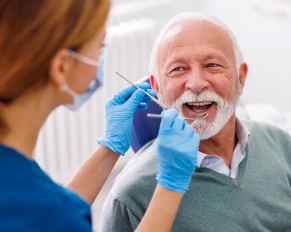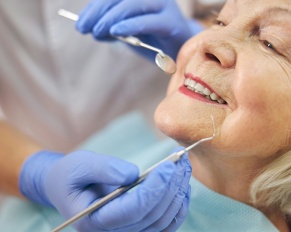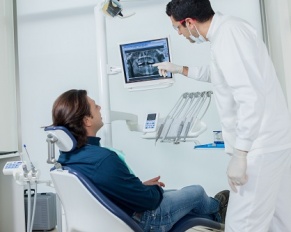Protect Your Smile—and Your Health—as You Age As we age, maintaining good dental health becomes more important than ever. Oral…

Common Dental Questions, dental care questions and answers, dental health tips, cosmetic and restorative dentistry, dental technology, ask a dentist about teeth and aging

Protect Your Smile—and Your Health—as You Age As we age, maintaining good dental health becomes more important than ever. Oral…

Oral health is a cornerstone of overall wellness, especially for seniors. Poor oral hygiene can lead to complications like gum…

What to Know and Why It Matters For seniors receiving in-home care, dental health is often overlooked but essential for…

As seniors age, maintaining proper dental care becomes more challenging, especially for those who are homebound due to chronic illnesses…

As coronavirus spread around the country, dental clinics had no choice but to shut down until we got things under…

Traditionally, milk is known for being good for teeth and bones. When you don’t have the time to pack lunch for the kids you don’t hesitate to remind them to buy milk. When did milk become the drink of choice for healthy teeth and bones? In fact, milk was so popular in America during the 50s and 60s that there was an occupation dedicated to delivering milk to homes. This healthy beverage continued momentum during the “Got Milk” ad campaign in the 90s and featured famous celebrities, including Britney Spears. Here you will find out why milk is still a recommended drink by dentists.